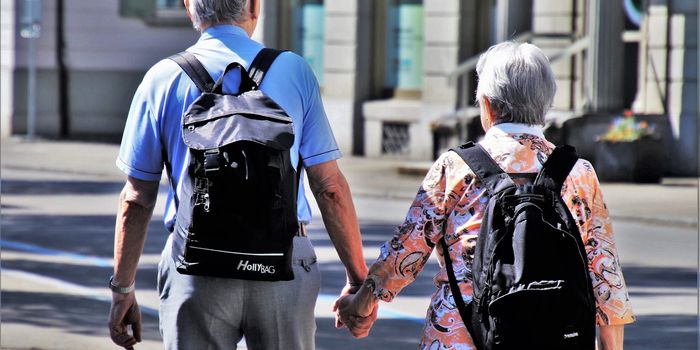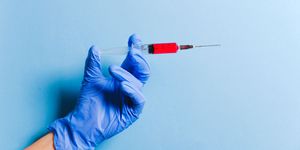John Joly and the "Dublin Method"
St. Patrick’s Day is celebrated in Ireland and throughout the world in honor of the Irish saint who lived in the fifth century. While we celebrate all things Irish today, we can include John Joly, an engineer, physicist, and geologist who made a lasting contribution to cancer therapeutics.
Joly was born in 1857 in King’s County (now County Offlay), Ireland. He attended Trinity College in Dublin, receiving an engineering degree in 1883. Joly remained at Trinity for the rest of his career, holding positions as a fellow, lecturer, and professor in the Departments of Engineering, Physics, and Geology. A prolific researcher, Joly published over 200 manuscripts! Some of his notable work included inventing a new method for color photography and discovering how water travels to the top of tall trees.
The late 1800s saw pivotal advancements in radiation highlighted by the discoveries of X-Rays (1895) by Wilhelm Conrad Roentgen and radium (1898) by Pierre and Marie Curie. At this time, Joly’s research shifted towards radioactive material and geology. His versatile expertise facilitated the development of a novel method of radiotherapy for cancers that formed the basis of therapies used to treat a variety of cancers.
Joly predicted that radium could help treat cancer, so he provided radium bromide to his collaborator Dr. Walter Stevenson who applied the radioactive salt directly to skin cancer patients. While this treatment proved efficacious, the method had many limitations. Radium was very expensive and could not be administered internally, rending it unfeasible for broad-scale cancer treatment. Further, handling radium is dangerous, particularly at this time when researchers did not yet have a complete understanding of radiation and radiation safety practices. Ultimately, the use of radium to treat cancer risked causing more harm than good.
To promote research into the anti-cancer potential of radiation, Joly established the Dublin Radium Institute in 1914. Joly and Stevenson collected the radioactive radon gas, called “emanation,” given off by crude radium and administered this to patients via injection directly into the tumor. Containing the gas allowed doctors to measure and control the dose of radiation administered, preventing delivery of high doses, which could cause added harm to the patient. Importantly, this approach allowed doctors to reach many internal tumors, vastly improving treatment with radium itself. This radiotherapy approach became known as the “Dublin Method,” and it laid the groundwork for many modern cancer therapeutic strategies.
To increase the supply of radium at the Dublin Radium Institute, Joly secured funding from the Royal Dublin Society and other donors, including Rupert Guinness, heir to the Dublin’s Guinness Brewery, and Sir John Purser Griffith, a well-respected engineer. Joly used much of the funding he received to purchase large quantities of the expensive radium to provide “radon needles” to oncologists throughout Ireland. Joly’s obituary states that securing financing for radium was “one of the greatest joys of Joly’s career.” The Dublin Radium Institute operated until 1952 when the Radiological Institute began operating in St. Luke’s Hospital.
Joly worked until his death in 1933, lecturing at Trinity College just six days before he passed away. His accomplishments brought a great sense of pride to Ireland during his lifetime but also after his death. If you are celebrating the Irish today, don’t forget about Joly’s contributions to radiotherapy that have impacted the lives of countless cancer patients over the past century.
Sources: JSTOR, The Irish Times, Trinity College Memorial Discourse, Obituary Notices of the Royal Society, The Irish Times









